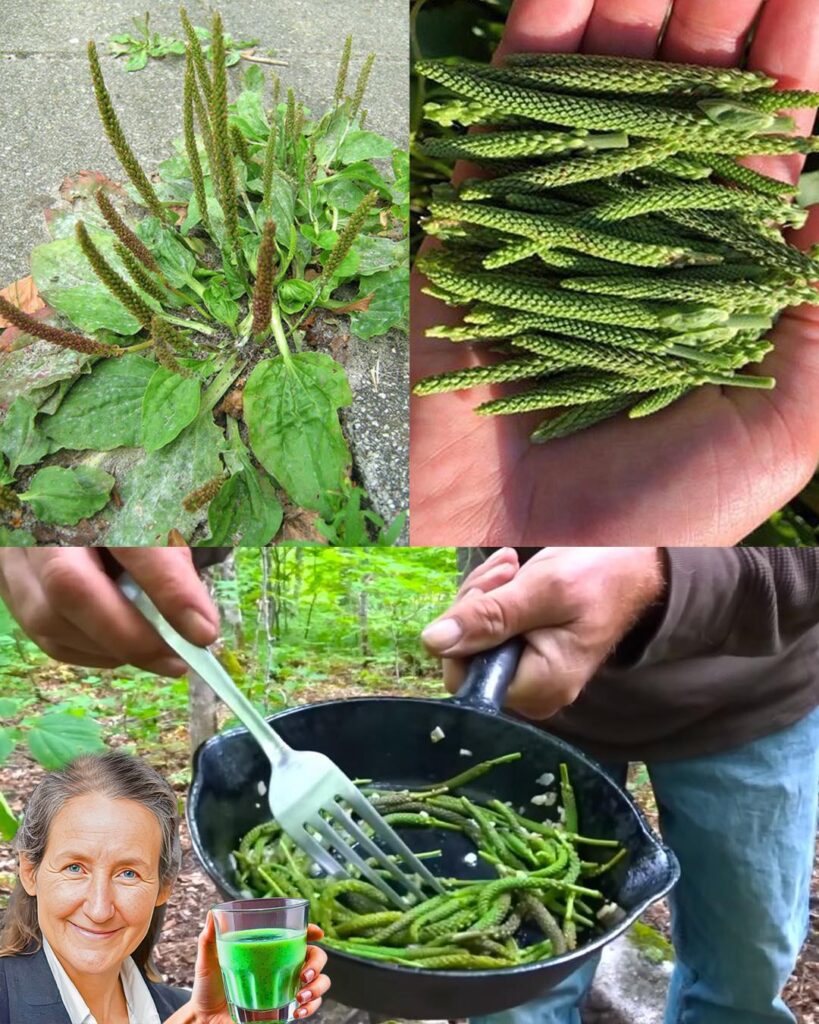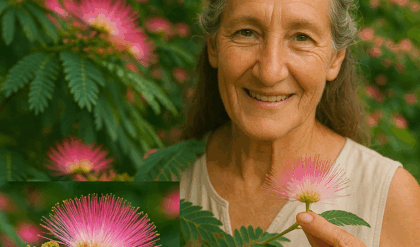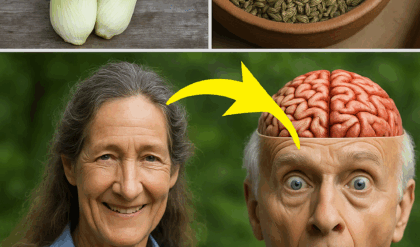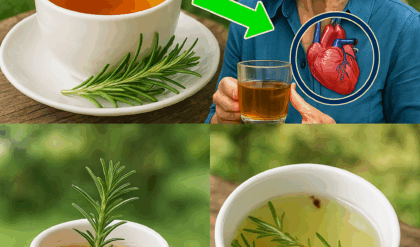🌿 Have you ever walked past a patch of wild greenery and thought nothing of it? You might be overlooking one of nature’s most powerful healing plants. Plantago major, commonly known as large plantain, is not just a weed—it’s a nutritional and medicinal treasure that has been used for centuries around the world. From the sidewalks of suburban America to the rice fields of Vietnam, this hardy herb is quietly offering remarkable health benefits to those who take the time to learn about it.
In this article, we’ll uncover why Plantago major deserves a permanent spot in your health routine and how you can start using it today.

What Exactly Is Plantago Major?
Plantago major is a low-growing, perennial herb with wide, dark green leaves arranged in a rosette pattern. The leaves have deep veins running lengthwise and are often found growing in disturbed soil, such as sidewalks, driveways, or neglected garden corners. Despite its modest appearance, this plant contains a wide array of nutrients, phytochemicals, and healing compounds that make it a true superfood.
It’s been used in European folk medicine, Native American herbal practices, and traditional Asian remedies for generations. Today, modern herbalists and scientists are taking a closer look and confirming what ancient cultures already knew—this plant is packed with healing power.
How to Recognize This Hidden Gem
Identifying large plantain is quite simple once you know what to look for. The broad, oval leaves typically feature five to nine deep, parallel veins and grow close to the ground in a circular formation. From this leafy base, thin stalks rise upright, capped with clusters of tiny greenish flowers that eventually turn into edible seeds.
You’ll often find it in areas with compacted soil or where foot traffic is common. This resilient herb thrives in both sunny and partly shaded environments and is often one of the first plants to reclaim disturbed land.
A Closer Look at Its Nutritional Profile
Don’t let its simple look fool you. Plantago major offers an impressive nutritional punch. The leaves are rich in:
- Vitamin A, C, and K
- Calcium
- Potassium
- Iron
- Magnesium
These nutrients support everything from strong bones to improved immunity. The plant also contains compounds such as aucubin, allantoin, and flavonoids, which are known for their anti-inflammatory, antimicrobial, and antioxidant effects.
These bioactive constituents play a major role in protecting the body from oxidative stress, enhancing healing, and soothing internal inflammation.
Health Benefits You Didn’t Expect
The health applications of Plantago major are wide-ranging and scientifically supported. Here are just a few ways this unassuming plant can enhance your well-being:
Respiratory Relief
The leaves contain mucilage, a gel-like substance that coats the throat and soothes irritation. Drinking plantain tea or chewing the fresh leaves can help reduce coughing and ease symptoms of bronchitis, asthma, and seasonal allergies.

Wound Healing
Traditional healers have long used crushed plantain leaves as a poultice for cuts, insect bites, and minor burns. This is now backed by research showing the plant’s antibacterial and tissue-repairing properties. Applying the leaves directly to a wound can reduce pain, swelling, and the risk of infection.
Digestive Support
The plant’s high fiber content supports digestion and can help relieve mild cases of constipation, bloating, or indigestion. Drinking plantain tea or incorporating the leaves into meals may help restore gut balance naturally.
Detoxification and Kidney Health
Thanks to its mild diuretic effects, Plantago major helps flush out toxins and reduce fluid retention. In traditional Vietnamese medicine, it’s used to cool the body and support urinary tract health by encouraging gentle detoxification through increased urination.
How to Use It in the Kitchen
Yes, you can eat this plant—and it’s actually quite tasty when prepared properly. The young leaves, in particular, are tender and slightly earthy, similar to spinach or kale. Here are a few culinary ideas to get you started:
- Raw in Salads: Toss young leaves with a lemon vinaigrette for a tangy, nutrient-rich salad.
- Cooked Greens: Sauté with garlic and olive oil for a hearty side dish.
- Herbal Tea: Steep fresh or dried leaves in hot water for a naturally detoxifying tea.
- Soups and Stews: Add chopped leaves during the last few minutes of cooking to preserve nutrients and flavor.
- Seed Flour: The seeds can be harvested, dried, and ground into flour for baking, or sprinkled on top of cereals and smoothies for added fiber.
Harvesting Tips for Beginners
If you’re ready to try plantain for yourself, harvesting is both easy and rewarding. Here are a few simple tips:
- Pick young leaves during spring or early summer when they are most tender and flavorful.
- Avoid polluted areas such as roadsides, parking lots, or areas sprayed with chemicals. Look for clean soil and natural surroundings.
- Rinse thoroughly under cool water to remove any dirt or insects.
- Blanch or steam the leaves to soften texture and reduce any bitterness.
- Store in the fridge wrapped in a damp towel for up to a week, or dry them for long-term storage in tea blends.
Precautions and Things to Know
Though Plantago major is generally considered safe, there are a few important points to keep in mind:
- If you are pregnant, breastfeeding, or taking medication such as blood thinners or diuretics, consult your healthcare provider before regular use.
- Test for sensitivity by applying a small amount to your skin or consuming a tiny portion the first time you try it.
- Don’t overdo it. Like any fiber-rich plant, too much can lead to digestive discomfort.
- Always harvest responsibly and sustainably to preserve the local ecosystem.
Why You Shouldn’t Ignore This Plant
The fact that something so powerful can grow unnoticed in your backyard is both humbling and exciting. While many of us search for exotic superfoods from across the globe, Plantago major reminds us that nature’s pharmacy is often right under our noses.
Its ability to support immunity, reduce inflammation, improve digestion, and promote healing makes it a valuable asset in any natural wellness routine. Plus, it costs nothing to grow or harvest, making it one of the most accessible health tools available.

Final Thoughts
If you’re looking to live more naturally, reduce your reliance on over-the-counter medications, or simply reconnect with the healing potential of the earth, Plantago major is a great place to start. Whether used in the kitchen or the medicine cabinet, this plant proves that simplicity can be powerful.
So the next time you see a patch of wide-leafed greenery in your yard, don’t pull it up—learn from it, use it, and let it become part of your journey toward vibrant health.
Would you like a version of this article with embedded image prompts for WordPress posting?





